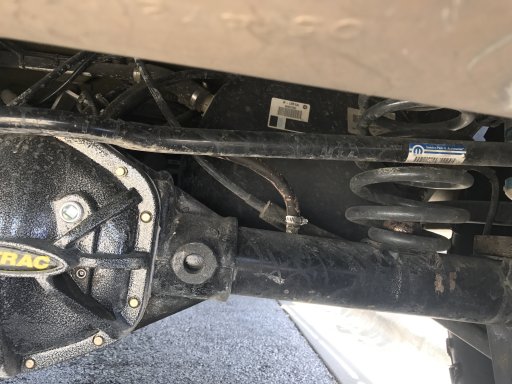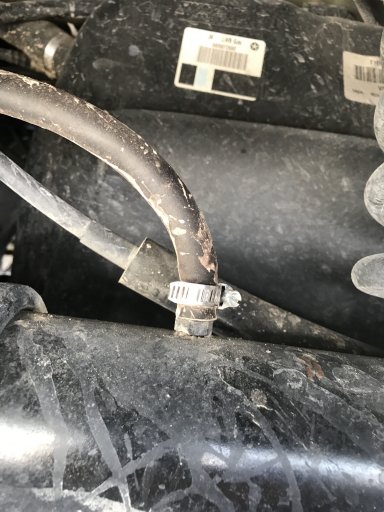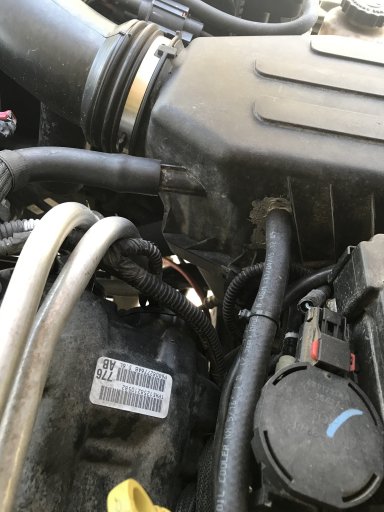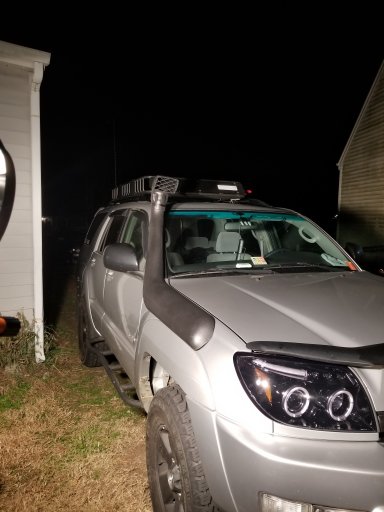
Benefactor
Let's talk about Snorkels. Water crossings, is what many people think of, when they see a snorkel on an overland vehicle. In reality, we know that it's most common use, is to pull in cooler cleaner air. But if a vehicle is properly prepared, can also be used for water crossing. Generally: as long as a vehicles has a good air source, spark (Petrol/Gas engine), and fuel they will continue to run
Most modern SUV's and trucks mechanical systems are surprisingly water resistant. Older vehicles Achilles heel has always been the electrical distributor. Modern vehicles, and diesels, do not have distributors. They are less prone to water infiltration. Many of the electronic components of SUV's and trucks can have their resistance to water enhanced, with the use of dielectric grease on the connectors.
The engine is not the only part of the vehicle that needs a source of air. When the axles, transmission, and transfer case: hits the water, they cool down rapidly. As they cool, the Atoms that make up the steel, vibrate slower. The kinetic energy decreases, and the steel shrinks. The same thing happens to the lubricant in these components. This shrinking creates a vacuum. each of these components have a breather tube, that allowes this pressure to be regulated. As the steel shrinks, air is pulled in to regulate the change of pressures. But during a water crossing, this tube can be submerged. It pulls water in, not air. When the water enters, bad things start to happen.


To prevent this catastrophe, we must extend the breather tubes. They must be moved to a higher and/or safer location. Here is an example of a safer place to move the tubes.


My breather tubes have been relocated to my engine air box. The air box is fed through my snorkel. All the potential ingress points for water have been sealed. It is common to use inexpensive Fuel line, as the extended breather hose.
This is an example of inexpensive role of Fuel Line:
These preparations should be sufficient to allow most modern SUV's and trucks to perform a safe water crossing. I hope this short overview is useful information.
Most modern SUV's and trucks mechanical systems are surprisingly water resistant. Older vehicles Achilles heel has always been the electrical distributor. Modern vehicles, and diesels, do not have distributors. They are less prone to water infiltration. Many of the electronic components of SUV's and trucks can have their resistance to water enhanced, with the use of dielectric grease on the connectors.
The engine is not the only part of the vehicle that needs a source of air. When the axles, transmission, and transfer case: hits the water, they cool down rapidly. As they cool, the Atoms that make up the steel, vibrate slower. The kinetic energy decreases, and the steel shrinks. The same thing happens to the lubricant in these components. This shrinking creates a vacuum. each of these components have a breather tube, that allowes this pressure to be regulated. As the steel shrinks, air is pulled in to regulate the change of pressures. But during a water crossing, this tube can be submerged. It pulls water in, not air. When the water enters, bad things start to happen.


To prevent this catastrophe, we must extend the breather tubes. They must be moved to a higher and/or safer location. Here is an example of a safer place to move the tubes.


My breather tubes have been relocated to my engine air box. The air box is fed through my snorkel. All the potential ingress points for water have been sealed. It is common to use inexpensive Fuel line, as the extended breather hose.
This is an example of inexpensive role of Fuel Line:
These preparations should be sufficient to allow most modern SUV's and trucks to perform a safe water crossing. I hope this short overview is useful information.
Last edited:













